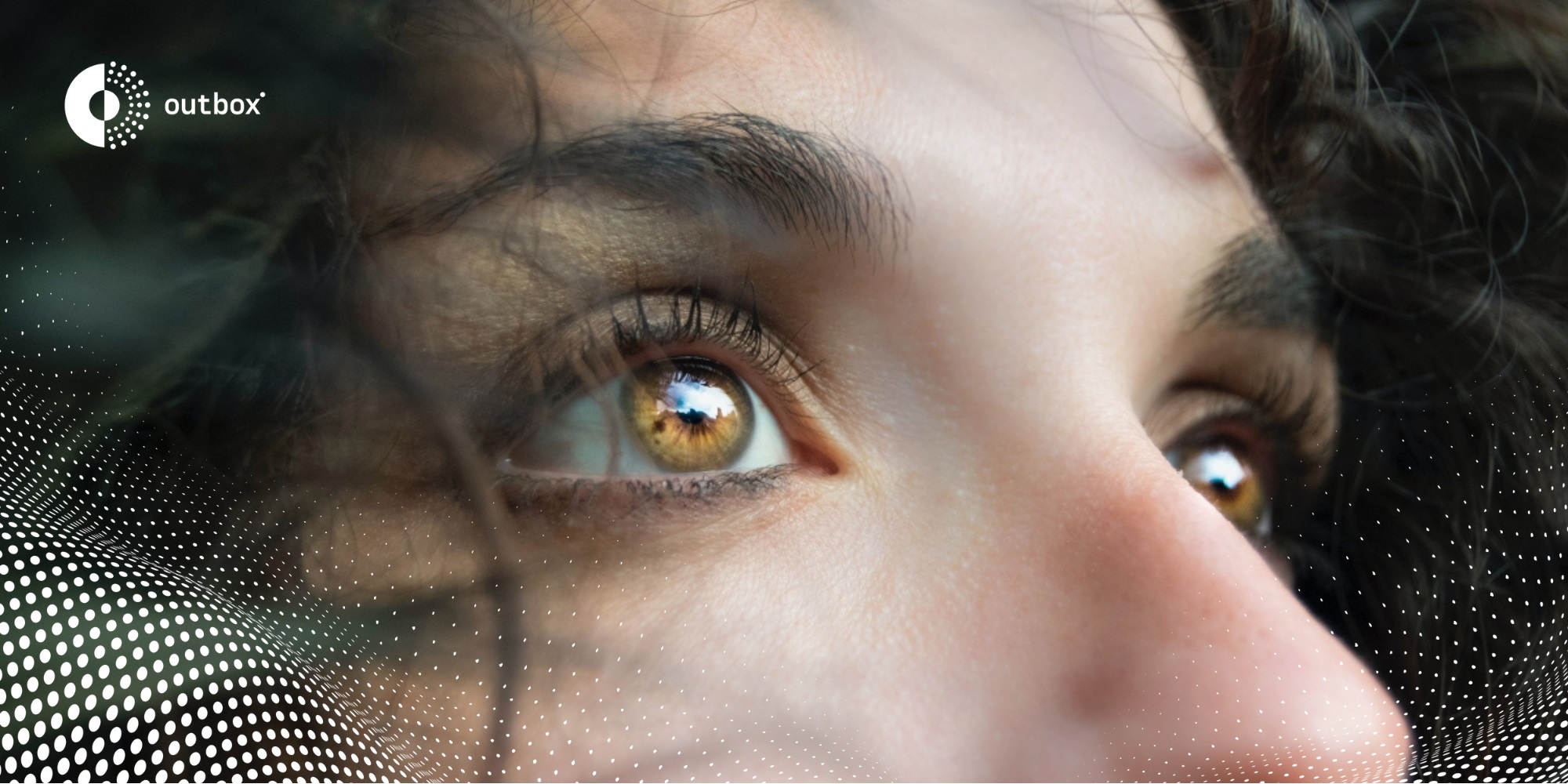The Outbox Company always tries to forecast based on data and insight, instead of just watching, feeling and judging. However, in some cases, observation also helps much for market research and evaluation.
For instance, when you ask someone how they make a cup of coffee, they will list main steps. But if you watch them, you may discover interesting facts such as how they choose the cup, how they stir, and taste, what kind of coffee they like,…
Past-to-present existence
Since its origins in the 1930s, the market research industry has moved on and interviews, either face to face or by telephone, have gradually become a popular method of data collection. But there is still a role for observation, and usually as one of a mix of methods that form part of the whole research design.
In the past, observation proved its important role in the market research industry. Prior to the Second World War, the British government sponsored the Mass Observation Project to provide an anthropological study of the nation. Volunteers across the country watched, listened and captured their observations in diaries for data analysis.
Today, some market research companies in the world still do reports based on observational methods. At The Outbox Company, we combine observation with other methods to give the most accurate and objective results. Because tourism is a complex and often changing industry.
Ethnographic observation
Ethnographic observation is the long and deep engagement in a field of study to systematically document the life, behavior, and interactions of a community. This is a common observational method in market research.
For years, anthropologists have researched tribes by using observation. They seek to become a part of the tribe until their presence is taken for granted and the behaviors of the people they are observing are as normal as can be. Market researchers have learnt and drawn on this experience. Thereby, ethnography is widely used as a market research tool, particularly in figuring out how people buy or use products.

A typical example of ethnographic research is accompanying someone on a shopping trip and watching them when they choose products.
Ethnographic observation requires the full cooperation of respondents. They have to act as normally as possible. This may be difficult or awkward knowing that their every move is being observed and recorded. That’s why the researcher needs to take time before the observation in order to get to know the respondents and make them comfortable. So ethnography can be a lengthy process and relatively expensive. It is qualitative research and ethnographic observations may provide interesting insights.




